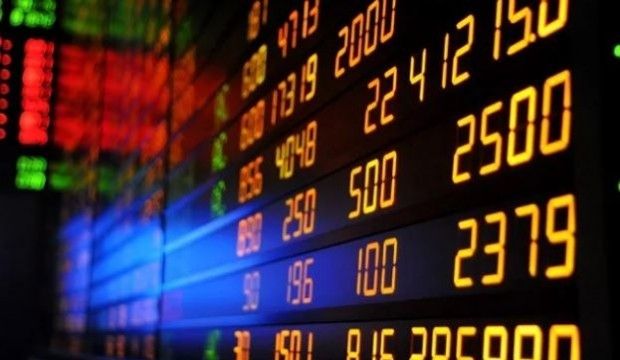Major ESG-related controversies have cost large US companies over $500bn in the past six years, research reveals.
The latest ESG analysis by BofA Merrill Lynch (BAML) reveals S&P 500 companies caught up in ESG-related scandals since 2014 paid a large cost – with the controversies resulting in peak-to-trough market capitalization losses of $534bn.
This is against a backdrop in which the S&P 500 grew by 7% on average, according to BAML’s report entitled ‘ESG Matters – US: Top 10 reasons you should care about ESG’.
The analysis included 24 big controversy cases related to data breaches, accounting scandals, sexual harassment and governance issues – including Facebook’s privacy breach in 2018, Wells Fargo’s accounting misconduct in 2016, and 21st Century Fox’s sexual harassment scandal in 2016.
“Headline risk is too big to ignore,” BAML analysts stated in the report. “ESG funds have been particularly quick in liquidating and/or cutting exposure to stocks involved in ESG-related controversies.
“Given the explosive asset growth in ESG strategies, ESG funds’ positioning will increasingly matter for drawdowns during controversies,” the analysts said.
The report also states that ESG could have helped avoid 90% of bankruptcies among S&P 500 companies between 2005 and 2015.
The analysts found 15 out of 17 bankruptcies in the S&P 500 during this period involved companies with poor environmental and social scores five years prior to the bankruptcies.
According BAML, 70% of US assets now cannot be analysed without using ESG metrics. This is in part due to intangible assets – which are tied to reputation, brand and intellectual property – reaching record highs for the S&P 500 companies.
“Analysing financial metrics alone simply won’t suffice anymore, in our view,” the analysts said.
In addition, BAML estimates over $20 trillion of asset growth in ESG funds over the next two decades – which is equivalent to S&P 500’s size today, according to the report.
.





